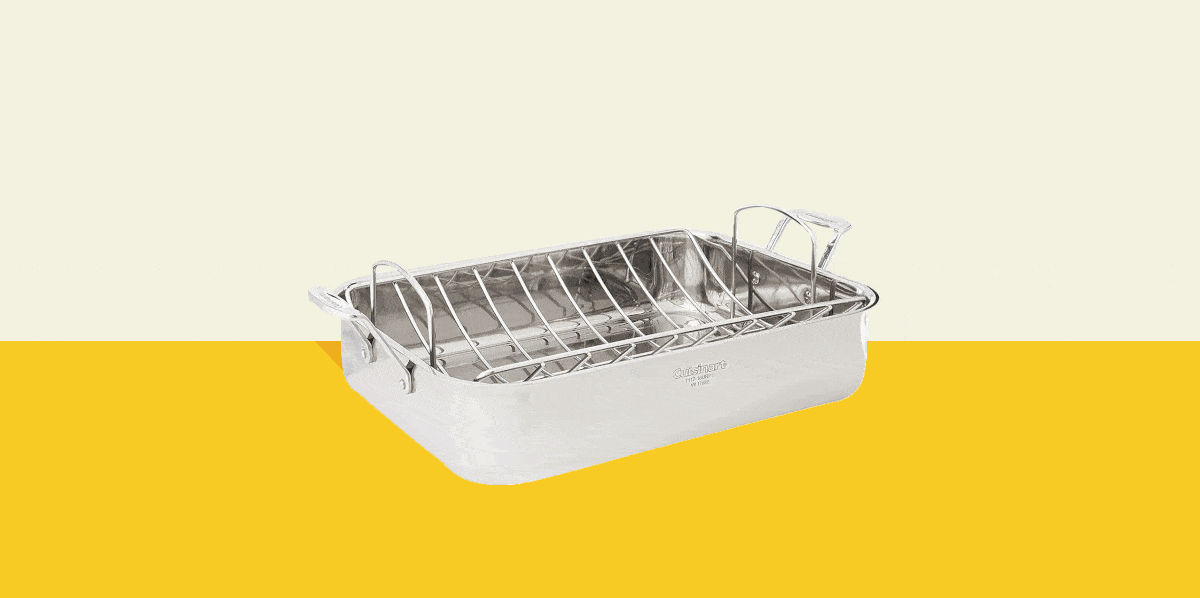
Material: Turkey roasting pans are often made of stainless steel, aluminum, carbon steel, or a combination of these. The Good Housekeeping Institute recommends tri-ply pans, or versions with an aluminum core between layers of stainless steel, as they offer “performance, ease of use, and durability.”
- Tri-ply: The stainless steel layers on these are non-reactive to acidic foods, while the aluminum core allows for strong heat conductivity. Tri-ply roasting pans are also great to use on the stove for tasks like making gravy and searing since heat distributes “evenly” and “prevents buckling,” the Good Housekeeping Institute says.
- Stainless steel: The Good Housekeeping Institute says stainless steel pans brown in “some spots more than others,” since the material doesn’t heat as evenly. While it does tend to discolor, this shiny material can help you keep a closer eye on the food as it browns.
- Aluminum: This metal is lightweight and browns food fast and evenly. Do remember that it’s reactive to acids, so it could leave foods with a metallic flavor, and it’s typically not dishwasher safe.
- Carbon steel: Like cast iron, this material needs to be seasoned and dried thoroughly to prevent rusting. It’s super durable and can withstand high heat, while still being lightweight enough to carry from the oven to the table. Similar to aluminum, this material can give food a metallic flavor, and isn’t dishwasher safe.
Price: Quality turkey roasting pans can start as low as $25, and we’re not talking the disposable foil kind! However, if you want an heirloom-quality pan, the Good Housekeeping Institute says there are stylish, sear-friendly versions available for up to $160.
Racks: Most turkey roasters come with a rack that’s used to lift meat above the pan for added heat circulation underneath. The best kinds should tuck nicely inside the pan so they don’t slide around during cooking. Don’t want a rack at all? No worries! Cheatham recommends placing your turkey right on top of aromatics like carrots, celery, and whole heads of garlic to soften veggies and prevent the meat from getting deep rack marks.
- V-shaped: This shape raises a bird 1 to 2 inches above the bottom of the pan. The Good Housekeeping Institute explains that this shape “can be limiting” since it’s only designed to hold a roast. However, “since it’s cradling the protein, it also effectively prevents the protein from slipping or sliding when you’re moving it in and out of the oven,” says Spencer.
- Flat shape: Here, you’ll have a flat, wide surface to spread out a spatchcocked bird or other types of meat like whole fish.
- U-shaped: This rack has sloped sides and a flat bottom. Caison notes that you’ll get the best of both worlds with this shape, as you’ll get the uniform presentation provided by a V-shaped rack and the peak circulation of a flat rack.
Shape: Between rectangular and oval-shaped roasting pans, experts recommend the former since you get more cooking area for meat and aromatics. Plus, the rectangular shape allows you to fit more than one pan in the oven at a time.
- Sides: The shorter the walls, the better the browning, Papantoniou shares. Pans with higher walls will boost steaming, “which is a safe bet for the normal consumer because the turkey’s less likely to get dry,” she adds. Most standard roasting pans have walls about 4 inches tall, says Cheatham. This height allows moisture and juices to stay at the bottom of the pan, while encouraging heat circulation up top to cook a turkey evenly, Papantoniou adds.
- Bottom: For stovetop cooking, ensure the bottom of your roaster is flat. The Good Housekeeping Institute notes that some “have a hump” in the middle so liquids move to the outers of the pan, which can make it “difficult to reduce on the stove.” It also means the center of the pan will be dry and more likely to scorch.
Handles: Roasting pans should have large handles that angle upwards so they’re easier to maneuver, “especially when the pan is hot and/or filled with a heavy load,” the Good Housekeeping Institute says. Cheatham adds that the best handles also usually have rivets for a “safer” and “more secure” grip in the hand.
Accessories: Some roasting pans come with lids, but Good Housekeeping Institute testers don’t usually use them since “they limit the size of the turkey you can fit inside your pan,” says Papantoniou. “Plus, they don’t let the skin get nice and crispy.”
Stovetop performance: Turkey roasting pans are also great for searing meats and making sauces and gravies. The Good Housekeeping Institute says to keep an eye out for models with thick, stainless steel builds and even heat conductivity since they’ll typically perform well right on the stovetop. Nonstick or thin turkey roasting pans are less durable and can experience hot spots on some ranges.
Keep in mind that turkey roasting pans with flat bottoms are better than pans with raised centers for making sauces or gravies, since ingredients will pool to the perimeter with the latter.
Bent lip: A rolled lip will allow you to have cleaner pours, whereas straight-cut edges usually create dribble.
Cleaning: While many roasting pans are technically dishwasher safe, some manufacturers still recommend hand washing them to preserve their quality. The Good Housekeeping Institute says that nonstick versions are the easiest to clean, followed by tri-ply pans since they usually don’t scorch. Most nonstick pans are dishwasher safe, however, they recommend hand-washing to extend the pans’ lifespan and avoiding abrasive cleaners since they can damage the coating. Carbon steel also isn’t dishwasher-safe, and it needs to be re-seasoned and dried with care.


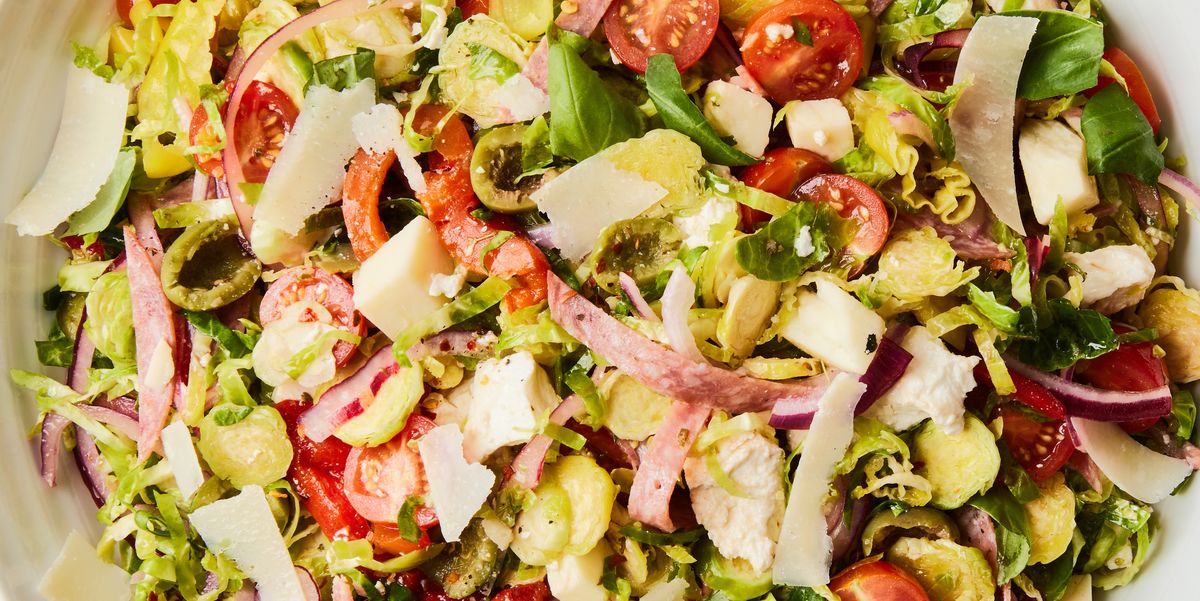
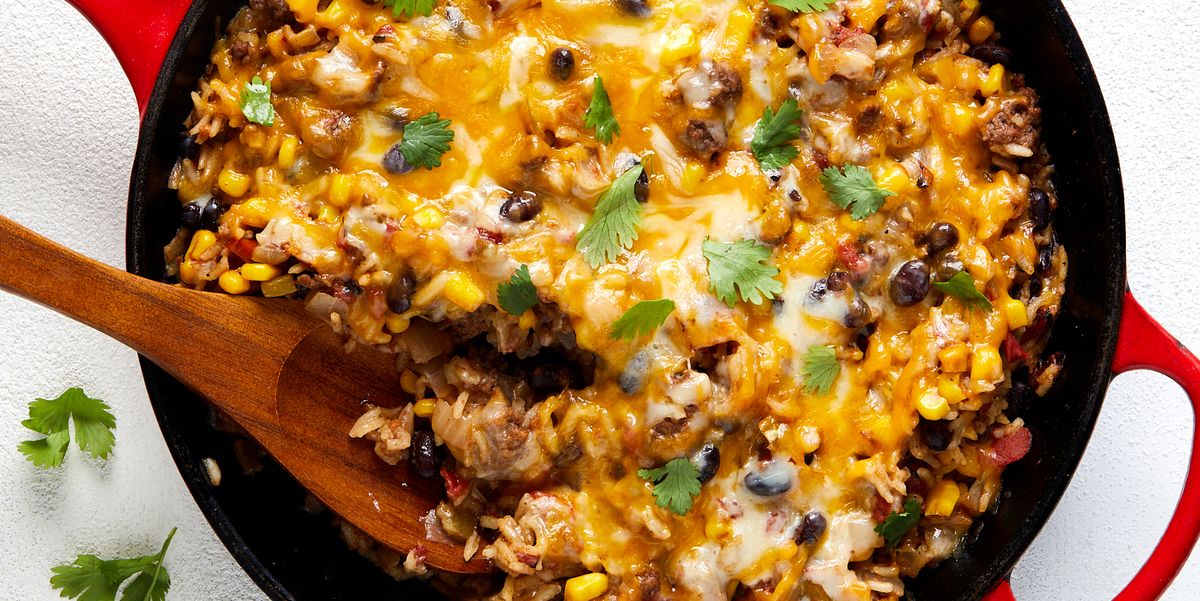
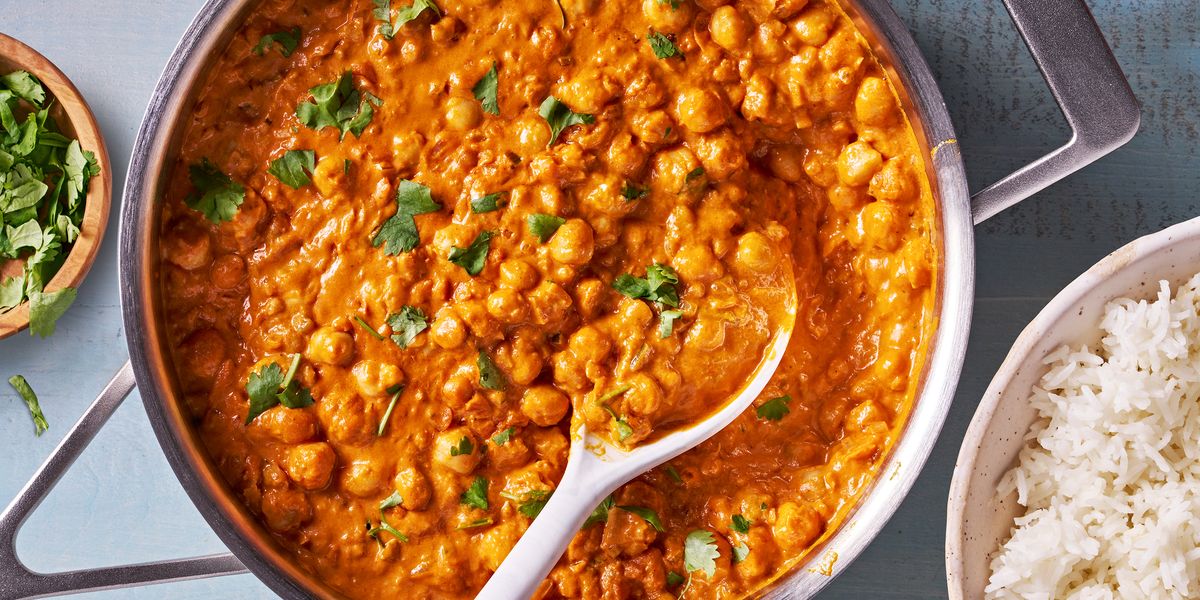
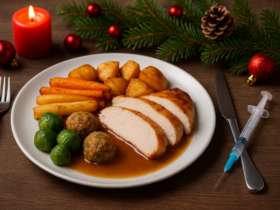






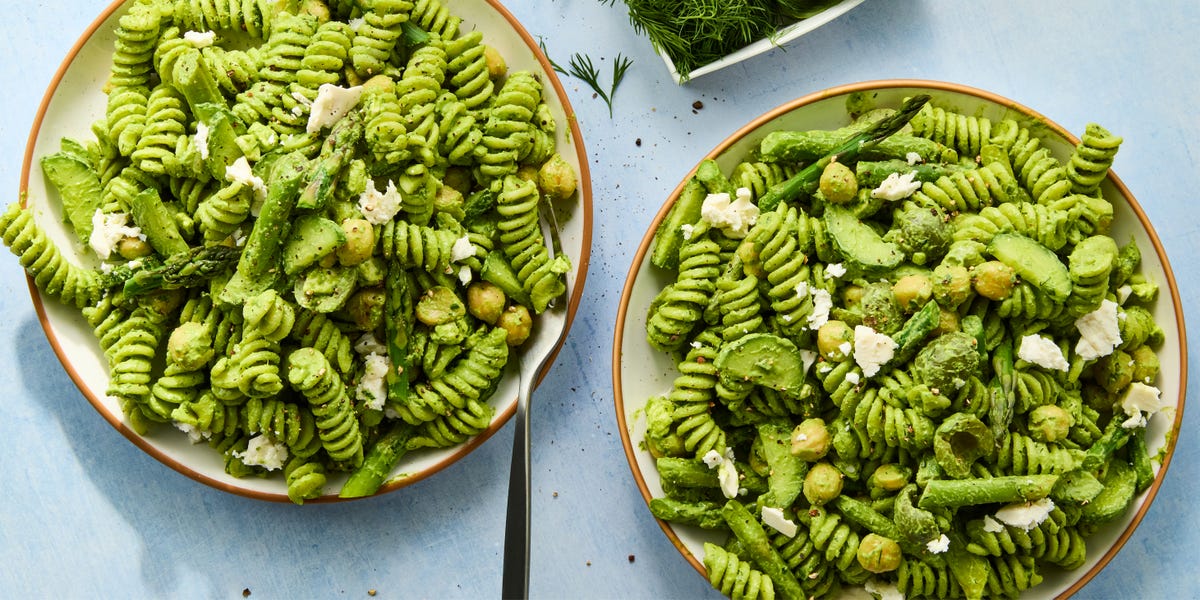

Leave a Reply